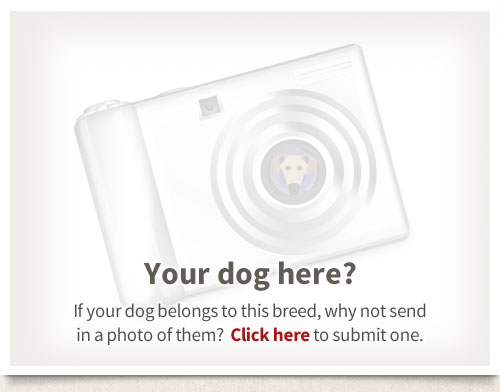Origin
No one is completely sure as to the origins of the Miniature Schnauzer but it is known that dogs bearing a strong resemblance to Schnauzers appeared in paintings by Cranach and Durer dating back to the fifteenth century. The Schnauzer, a hardy dog capable of performing a variety of tasks including cattle droving and ratting had gained a reputation for being reliable thus, when the desirability of having dogs as companions became recognised, it is thought that the early breeders of Miniature Schnauzers sought to replicate the best characteristics of the Schnauzer in a smaller form. It is generally accepted this was achieved by crossing the Schnauzer with the Affenpinscher making Miniature Schnauzers a breed in their own right. The first Miniature Schnauzers were bred in Germany during the late eighteenth century and were originally known as Wirehaired Miniature Pinschers. They gained separate breed status from the Standards in 1899. The first Miniature Schnauzers were seen in Britain in 1928 where they were registered along with the Standards. Separate breed status was not achieved until 1932. The first separate breed classes were held at Crufts in 1933 and the first Kennel Club Challenge Certificates awarded at WELKS in 1935.
Character
Over the years breeders have taken great care to preserve the excellent temperament of these rugged little dogs. The Miniature Schnauzer, the most popular of the three varieties of Schnauzer, is primarily kept as a companion nowadays and valued for his light-hearted personality and his devotion to his family. He thrives on attention and human companionship and is not a dog to be relegated to the backyard and left to his own devices. His considerable intelligence means that he will become bored without the stimulation of interaction with his people and this may easily lead to destructive and other inappropriate behaviour. It is his delight to be included in as many activities as possible or to relax in the presence of those to whom he has given his loyalty and affection. Although terrier like in appearance there is nothing of the terrier temperament in his make-up but, given the opportunity, he is a very keen and efficient ratter. Neither is he a toy dog, he is as sturdy and as robust as his larger cousins. Protective rather than aggressive he makes an excellent watch dog always alert to what is going on and announcing the presence of strangers or any untoward activity with enthusiastic barking. He is generally very reliable with children and is not inclined to look for trouble when encountering other dogs. This bright, loving and loyal dog is always ready to learn but never subservient. At home in the town or the country, the apartment or the mansion, with a family or a single owner, he is the perfect companion.
Exercise
A Miniature Schnauzer will accommodate himself to almost any lifestyle and will happily take as little or as much exercise as is offered. However a daily walk and the opportunity for free running in a secure area will keep him in good physical shape and provide stimulation for his enquiring mind. He is a naturally active and agile dog but consistency is important, a dog that has been used to very little exercise cannot be expected to suddenly walk for many miles. With correct conditioning and training agility is a sport which he will enjoy and at which many Miniature Schnauzers excel. For these little dogs true happiness comes when they are trotting along with their owners exploring the world around them.
Training
As with all dogs basic obedience training should commence from puppy-hood in order that good manners are instilled and he becomes a agreeable companion and acceptable to society. The Miniature Schnauzer is not difficult to train and can reach the highest levels in obedience competition. He is willing to please and very quick to learn and, once he understands what is required, he is prompt to comply with commands. All training should be motivational - good work and good behaviour being reinforced by rewards of treats and praise. Harsh discipline, verbal or physical, will accomplish nothing. Such methods will teach the dog only to be frightened of his owner and confusion and lack of trust will ensue. Socialization which accustoms the dog to various situations, people, sounds, animals, etc. is of the greatest importance and should start as early as possible in the puppys life. Adequate socialization will ensure that he grows to be a confident, well-mannered, friendly dog who is a credit to his breed.
Health
- Generalised progressive retinal atrophy (PRA)
- cataracts (both the congenital hereditary and hereditary forms)
- Schnauzer comedo syndrome
- fatty tumours.
Pictures
Some photographs of the Miniature Schnauzer...

Cleo, owned by Gilles Quinto in Kilkhampton, Cornwall, UK
This is Cleo, our delightful Miniature Schnauzer.




